The Evolution Of The Final Design (aka inventing an age of abundant energy for the future)
For years the production of energy has fascinated me. Over the past 20 years I have experimented with solar cells made via inkjet printer, a hydraulically coupled compressor and turbine based on Tesla’s turbine, vertical wind turbines, high temperature cracking of water, high COP heat pumps, all the different varieties of Stirling engines, and many other energy projects. Continuously going back to old projects to incrementally improve them and make them perfect has been fun, except perfect is the enemy of finished, hurricane Sandy has made me realize that we need simple, scalable, cheap, and locally produced power.
The re-design of the LTD Stirling began five years ago, a week after placing this Stirling on my cable box. The unit has been running almost continuously for five years with no maintenance. It has been a constant reminder high tech isn’t always the solution. Sometimes looking at old technology from a different perspective can solve problems in a simpler and more cost effective way.
Version 1 was nothing more than scaling up the design from a 4 inch diameter LTD unit to a 2 by 2 foot, 4 square foot device. This was to test the energy output of a scaled up unit. It ran from 0 to ~70 watts depending on the temperature differential between the hot and cold side and the stroke length. It had a 4 inch diameter graphite piston and a cast aluminum cylinder 10 inch long by 5 inch OD with a ~4 inch ID. The piston strokes length could be varied from 1/2 inch to ~5 inches, by adjusting one screw on the fly wheels hub.
Version 2 removed the flywheel and replaced it with two sets of rare earth magnets to “spring load” the piston at the end of each stroke, effectively storing the pistons momentum. Two sets of hot and cold plates where employed using a shared piston. When one side was in the contraction phase the other was in expansion phase and vice versa.
Versions 3 to 6 were variations on the same dual action theme. The highest cycle rate and power output was the final design with in excess of 2,000 C.P.M. and a 250 watt power output. The entire unit was about the size of a 5 gallon bucket.
Version 7 was the first rotary Stirling built in my shop. It was a modified clone of a device found at emachineshop.com. The black line in the image separates the hot and cold sides of the device. The advantage of this device is its minimal number of friction points, 3 bearings and one piston. It is scalable, by adding one bearing you can stack many of these all linked together by the same shaft, while only needing to increasing the diameter or stroke length of the piston.
Versions 8 and 9 were variations on the rotary Stirling, they are stacked rotary Stirling engines. The displacers are D shaped half circles. The only difference between V 8 and V 9 is the space allowing for greater heat transfer.
Version 10 is the final version. It was designed over the period of a week while the power was out from hurricane Sandy. It takes into account all the design revisions from all previous devices. It is designed to be manufactured at high speed using plastic injection molding technology that has been around for over 50 years. A 4 kilowatt unit will cost between $180-$350 and have a life span of 25-35 years. The only wear it will have is three bearings that cost $2 each, and are easily replaceable. They will be voluminous devices, but extremely light weight, weighing in at around 55 to 70 pounds. The size will be 3 by ~3 by ~6 feet. They are designed to be both ground mounted vertically and rack mounted horizontally.
The version 10 design is simplicity itself.
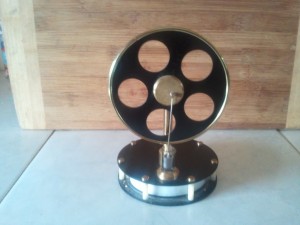
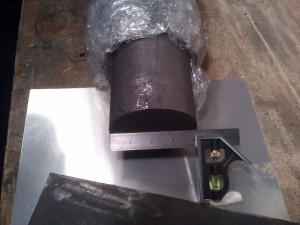
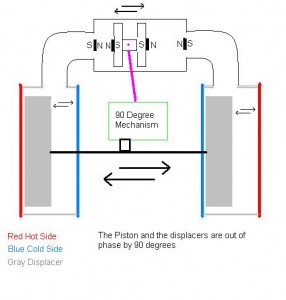
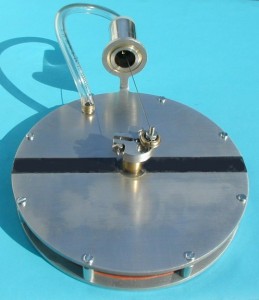
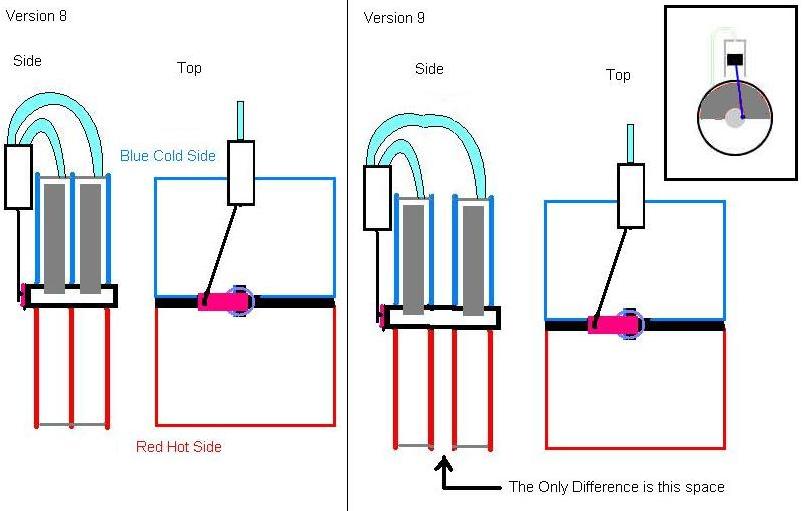

Hello, was considering building a six cylinder hot air engine for power generation my self, but the only designs I could find were high temperature engines. I plan to use a closed loop liquid being heated by parabolic troughs. The idea of a rotary displacer looks promising for my low (around 300f) available heat. could one stack 6 of these together with there own power pistons in tandem and expect any kind of usable out put? or is your engine powered by combustion?
Hi you have a greate site It was very easy to post it’s nice